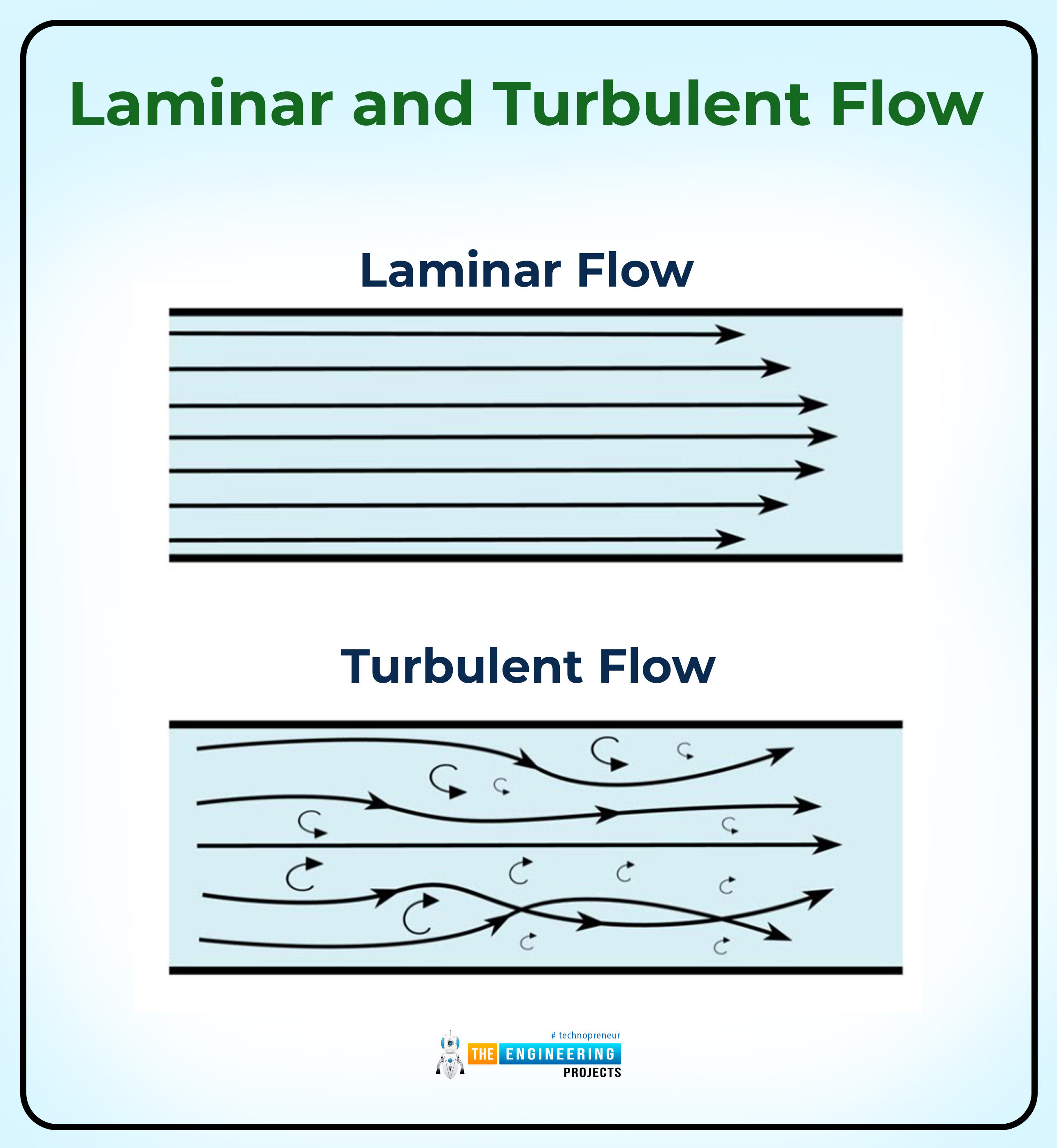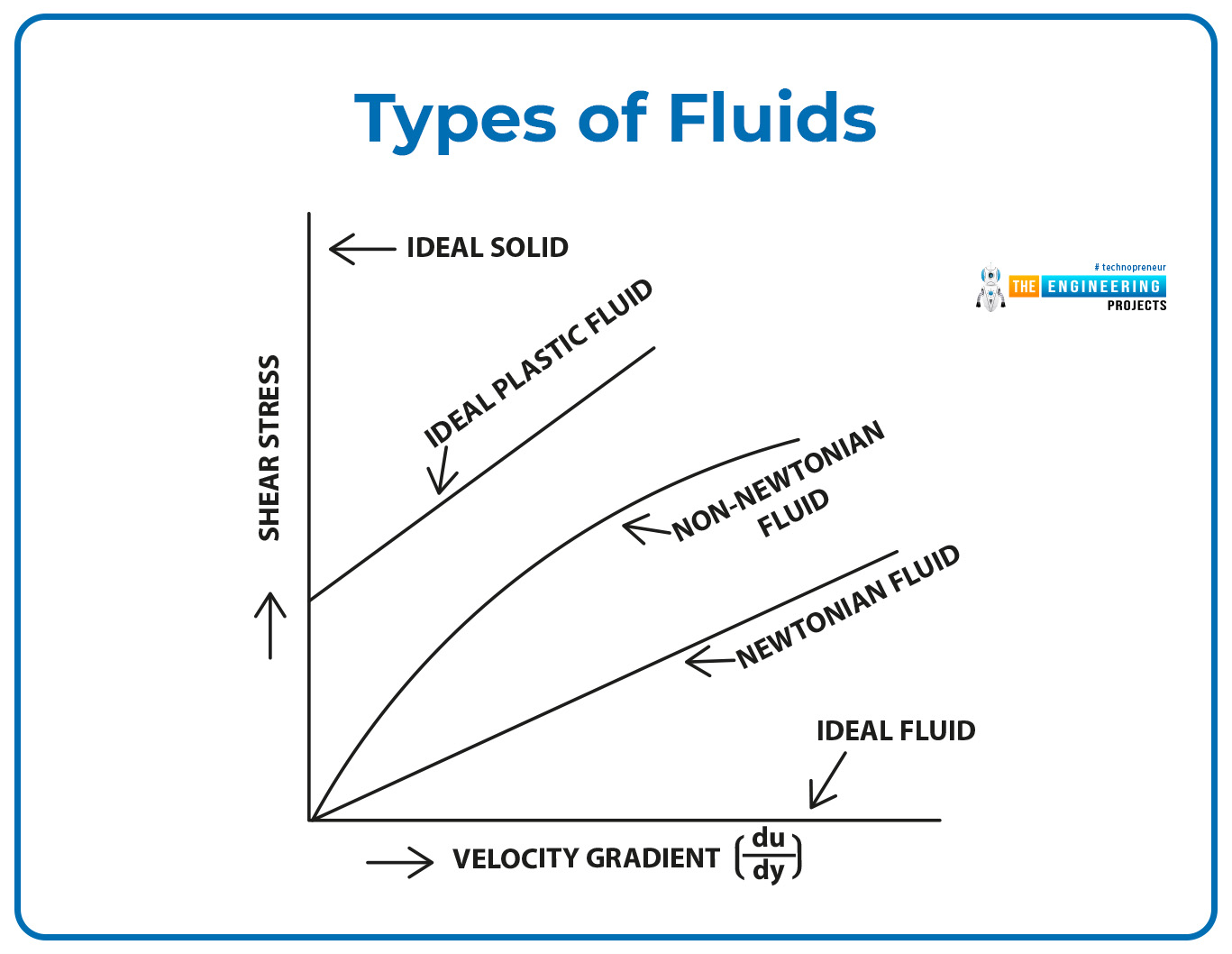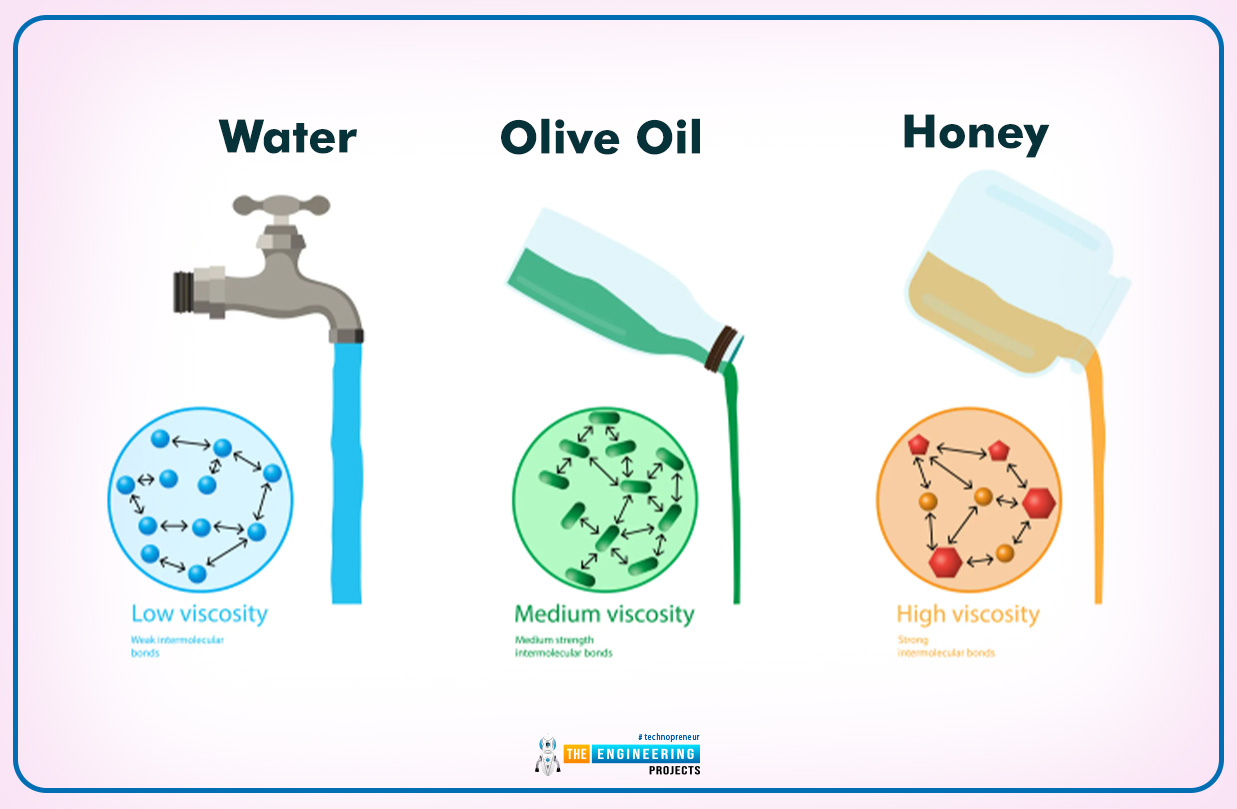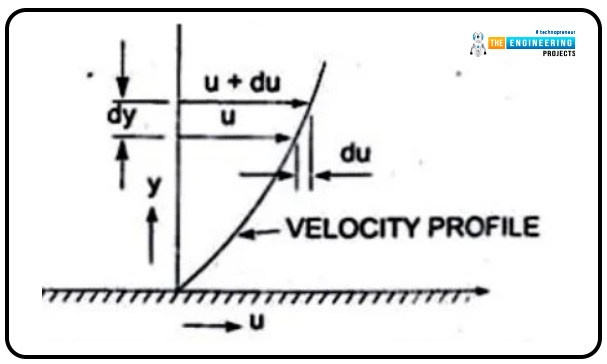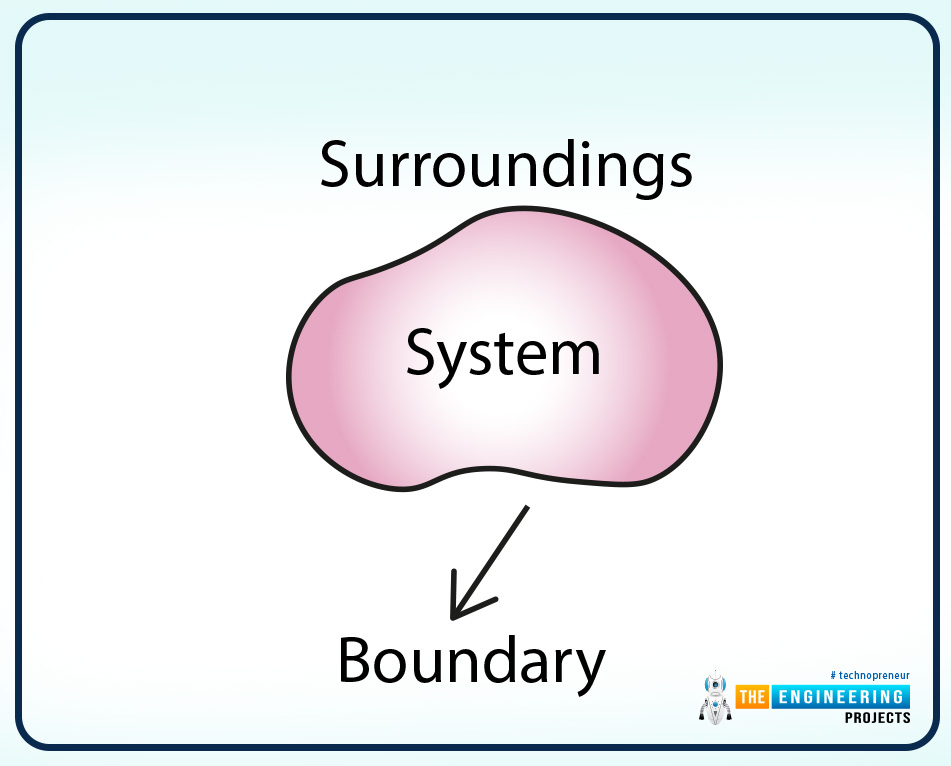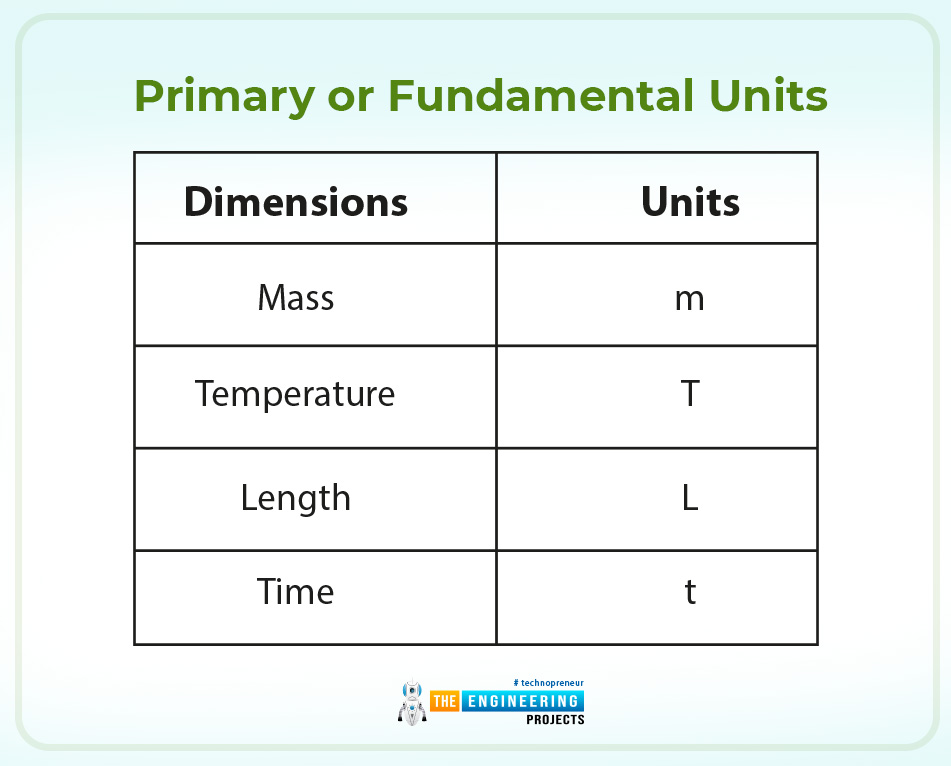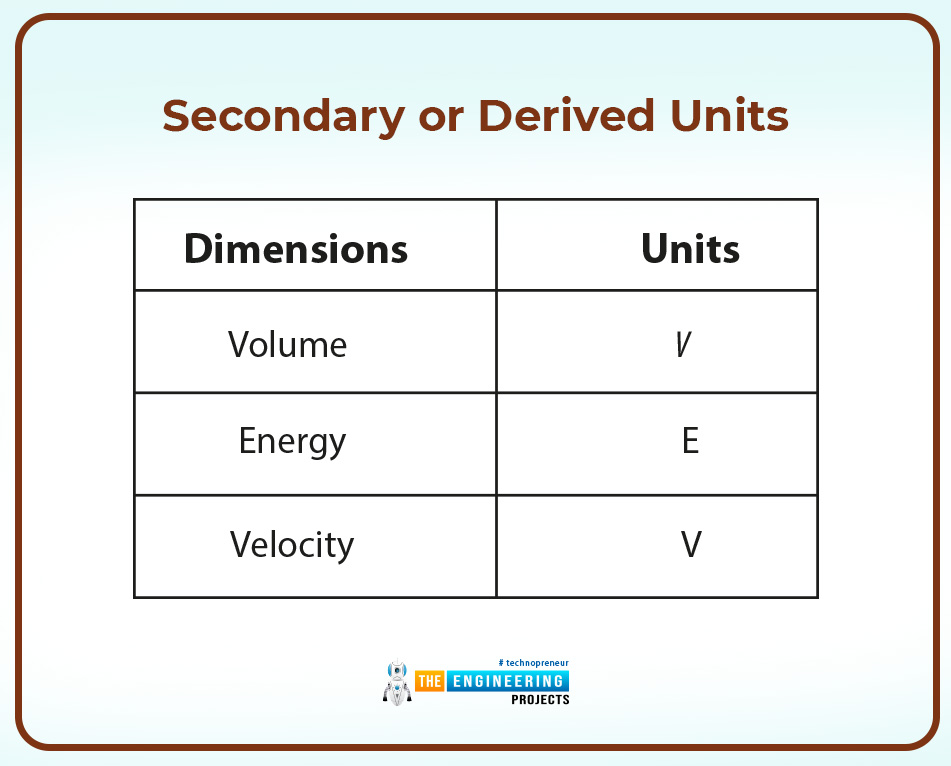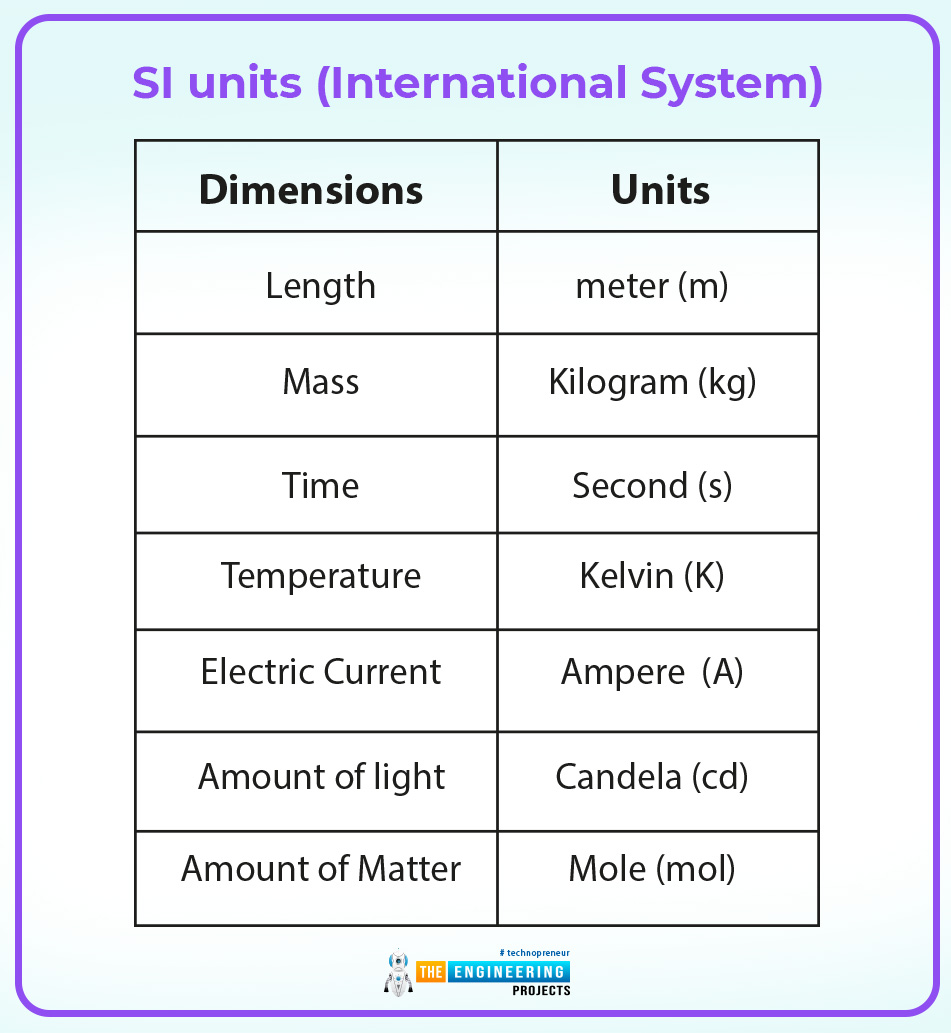
Fluid mechanics is considered to be one of the essential branches of Mechanical Engineering. Fluid Mechanics comprises two words, fluid, and mechanics, with different meanings and research criteria. In this article, I will extensively introduce fluid mechanics and its importance in daily life. So without wasting any time, let us start:

What is Fluid?
We remember in the early classes, we used to study three states of matter, and afterward, they became four named:
- Solid.
- Liquid.
- Gas.
- Plasma.
The definition of fluid is the state of matter that can be liquid or solid. We might have noticed that whenever the matter is in any stage, the criteria to know its state is to understand how much stress it can bear, and we name that stress as shear stress that changes its shape. But this situation mostly happens in solid or liquid cases. When the stress is applied, the substantial changes shape and reform into a new one. But up to a limit that cannot destroy its ultimate form. The stress applied to a solid is directly proportional to the strain, whereas, in liquids, the stress is directly proportional to the strain rate.
What is Mechanics?
As mentioned that fluid mechanics comprises of two terms, so now I will define what mechanics is and how much it is essential in our today’s life.
- Mechanics is a branch of physical science that deals with bodies in motion or statics with the effect of force.
Here are two essential terminologies:
- Bodies at rest.
- Motion under force.
Statics
The branch of mechanics in which bodies are at rest is called statics. It is a vast study of internal and external forces in a structure
Example:
The best example of statics is when you are standing on a plane on the rigid ground. The force of gravity and the reaction force as the reaction of gravitational force, both these forces act as statics and help in maintaining the state of rest.
Dynamics
The branch of mechanics which studies the bodies in motion is called dynamics. The study is all related to the movement and what is the cause of it.
Example:
The example of moving the body and dealing with all the forces that are acting on and their effect is categorized in dynamics.
What is Fluid Mechanics?
Fluid Mechanics is the sub-category defining the fluid’s nature at rest or in motion.
The types of fluid mechanics are as follows:
1) Fluid Dynamics
- Fluid dynamics is the study of the movement of liquids and gases.
Example:
It involves the mass flow rate of oil through the pipeline, study of the pattern weather forecast, and blood circulation.
2) Fluid Statics
- Fluid statics is the study of the behavior of fluids at rest.
Example:
The best example of fluid statics involves drinking with a straw. The mechanism happening inside is that when we reduce the pressure at the top of the straw, inside the liquid the atmosphere pushes the liquid up to the mouth.
Sub Branches of Fluid Mechanics
Fluid statics and dynamics are divided into compressible and incompressible fluid as well as real and ideal fluids. So real is divided into the laminar and turbulent flow, and this goes on.
Classification of Fluid Flows
As I discussed earlier, fluid flow is classified, and they vary from type to type.
Laminar and Turbulent Flow
By reading their names, you get an idea of what a laminar and turbulent flow is. So laminar flow is one in which fluid flows smoothly without any turbulence. Usually, highly viscous fluid with low viscosity is characterized as laminar flow. Whereas turbulent flow is the one in which fluid flow is not smooth. And they have high velocities.
Compressible and Incompressible Flow
The compressible and incompressible flows depend upon one of the significant factors density. The flow is incompressible when the density is constant or nearly constant throughout the flow. Incompressible flows characterize most liquids. The compressible flows are opposite to the incompressible ones; they don’t have constant throughout. One of the best examples of compressible flow is gases.
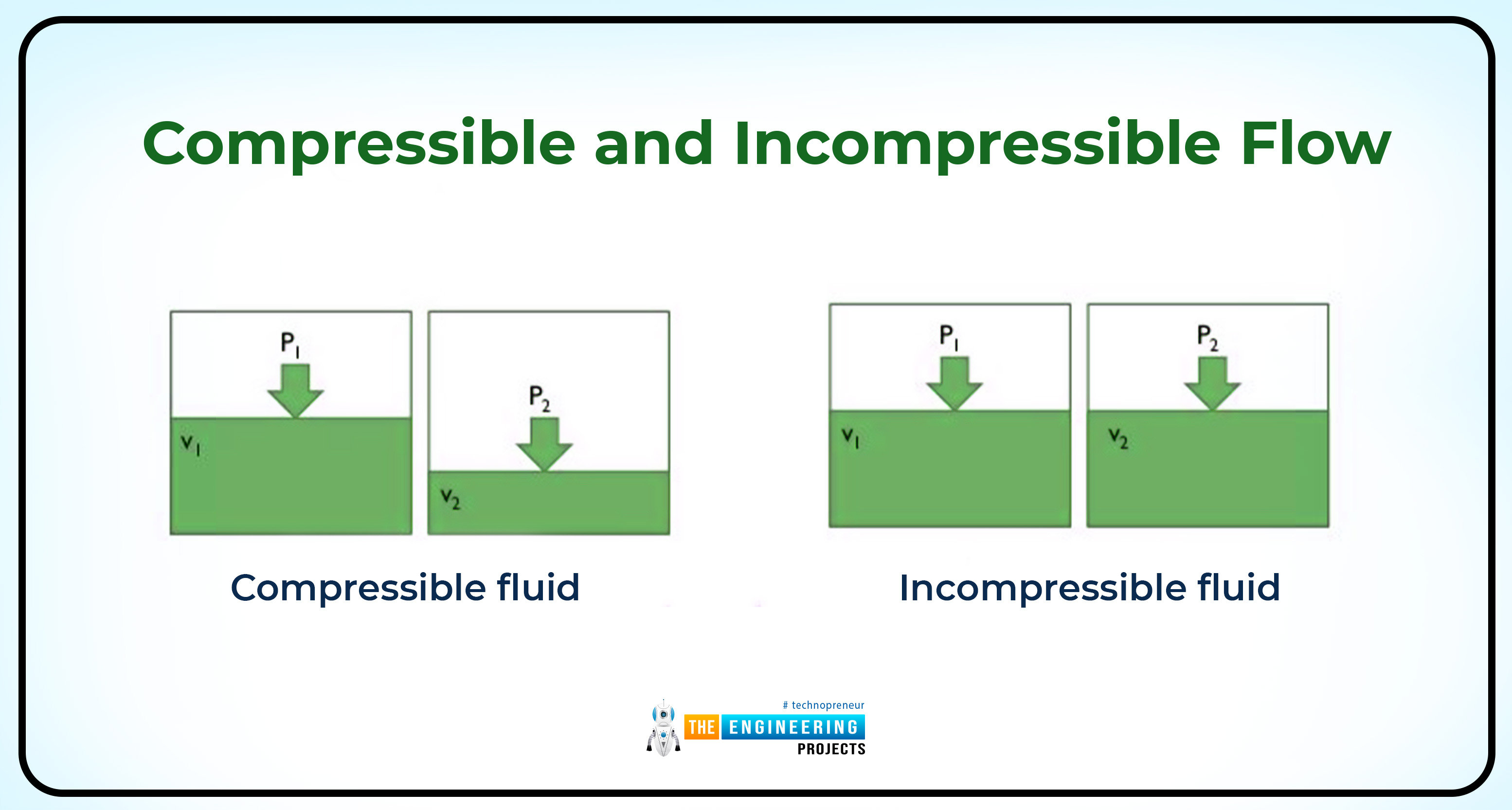
Viscous and Inviscid Flow
In these types of flow, viscosity is one of the essential vital elements. Every fluid has some viscosity value. So the flows with a significant amount of frictional effect are said to be viscous. Inviscid flows are where viscosity is neglected or to some extent.
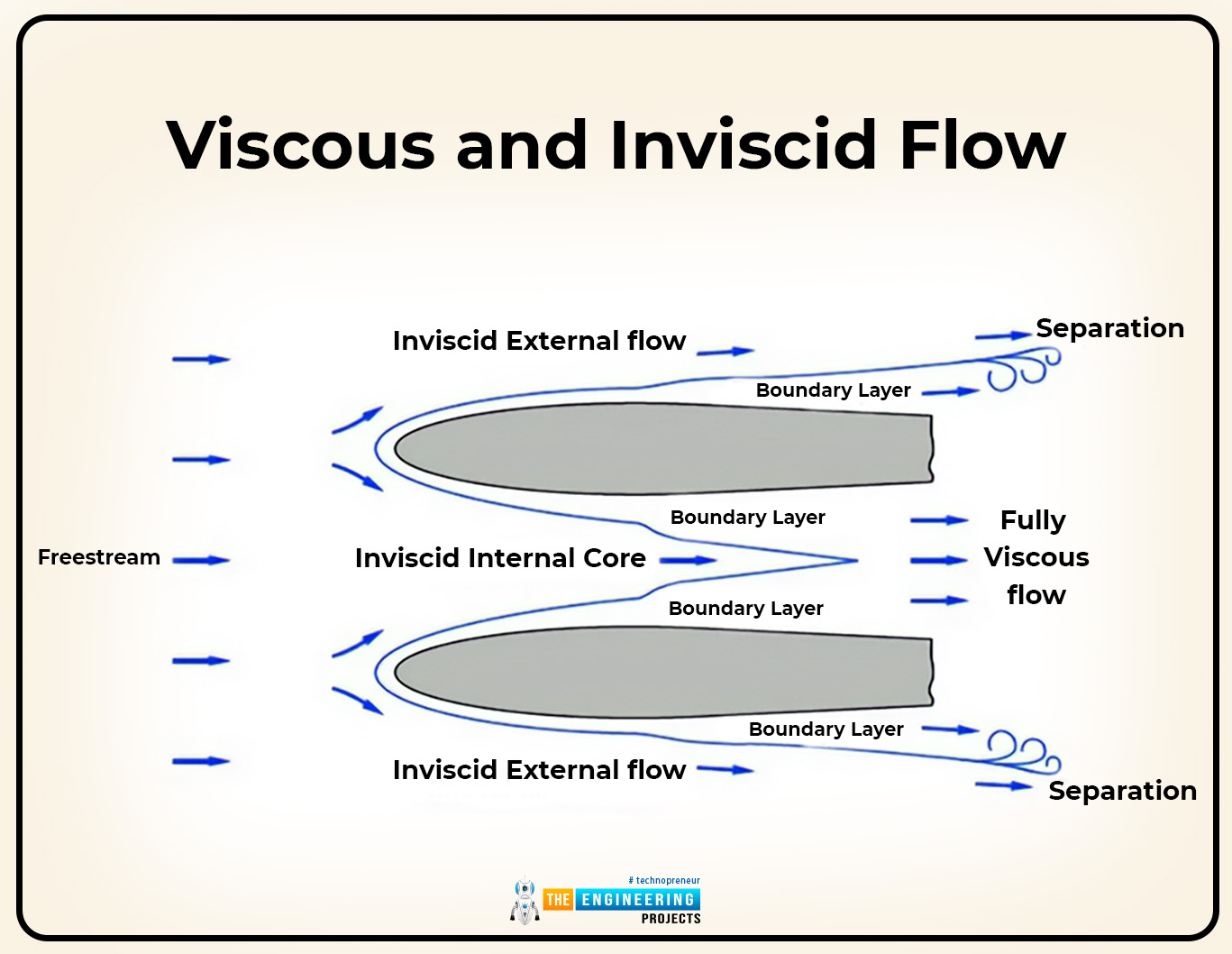
Internal and External Flow
As the name shows, the flow covered with a solid boundary is considered internal flow. The liquid is flowing in a pipe or a wire. At the same time, the external flow is defined as an unbounded flow. The fluid flowing over the pipe or the fluid over the ball is exemplified as external flow. And the flow inside a pipe covered is said to be internal flow.
Steady and Unsteady Flow
The names are enough to define the nature of the flows. So steady or uniform flows are said to be steady flows. And the unsteady one is opposite to the steady one that does not have any uniformity.
Natural (Unforced) and Forced Flow
Natural flows are the one that flows naturally. But the theoretical example will be the one that flows due to the buoyancy effect. The forced fluids are the ones that are forced to flow with the help of external means. An example of forced flow is a fan or pump.
Types of Fluids
The nature of the fluid varies from type to type. The following are some vital types of fluids.
Real Fluid
Real fluids possess viscosity. Viscosity is defined as resistance or opposition. Eliminating the ideal cases, all the fluids are examples of real fluids.
Ideal Fluids
The ideal fluids are the one that has no viscosity at all. As I have mentioned just now that all the fluids have viscosity. So ideal fluids are just an ideal case study.
Newtonian and Non-Newtonian Fluid
Both of them have two different properties. The Newtonian fluids are the ones in which the shear stress is directly proportional to the shear strain, and in non-Newtonian fluids, they are not proportional to each other.
Ideal Plastic Fluid
The ideal plastic fluids are the ones in which shear stress is directly proportional to the shear strain. The shear stress value is also more than the yield value. These fluids are velocity gradient ones and have significant importance.
Fundamental Laws applied in Fluid Mechanics.
Fluid mechanics is considered one of the vast branches of mechanical engineering that covers all the fundamental laws of physics. It is not wrong to say those fluid mechanics depend on these laws, and they are named as follows:
Second Law of Thermodynamics
Conservation of mass
Conservation of linear momentum
Conservation of energy
Conservation of angular momentum
Graphical Presentation of Fluid Types
As I have briefly discussed all the types of fluids, the following is their graphical presentation.
Properties of Fluid
The properties are one of the significant features of everything. The fluids also have some properties. The following are some essential properties of the fluid.
Viscosity
The word viscosity means thickness. According to the definition, viscosity is defined as the fluid’s property related to friction and resistance.
When one layer moves adjacently to the other, some friction exists, which we named viscosity. The layers are moving at some distance and are named dy. The velocities of the fluids are u and u+du, respectively.
The graphical presentation of the layer velocity versus the distance is shown below.
The graph will explain the trends of velocity and distance. As mentioned, two layers are moving adjacently to each other, so the layer that is on top imposes shear stress on the lower layer, and the lower layer, in response, causes shear stress on the upper one.
Density
According to physics, density is defined as the mass to volume ratio. So the fluid mass to fluid volume ratio is the density of the fluid. In liquids, the density is constant, but in gases, it’s variable.
Specific Weight
The specific weight is defined as the ratio between the weight of the fluid and volume. Thus the weight density is defined as the weight per unit volume of fluid and is denoted by w.
Mathematically,
w=Weight of FluidVolume of Fluid
w=Mass of Fluid×Acceleration due to cycleVol. of fluid
w=Mass of Fluid×gVol. of Fluid
w=ρg
Specific Volume
The specific volume is defined as the volume of a fluid by a unit mass or volume. This property applies to gases.
Mathematically,
Specific Volume = Vol. of fluidMass of fluid
Specific Volume=1Mass of FluidVol.
Specific Volume=1
Thermodynamics Properties
The thermodynamic property is the salient feature of gas and liquid. We know that when liquids are compressed, they form gas, so thermodynamics is one of the critical features of gases.
The equation below shows a connection between the pressure, specific volume, absolute temperature, and gas constant.
p=RT
System and Control Volume
The definition of a system is as follows:
The system is the quantity of matter or a specific region specified for research or study.
As you can see from the diagram, an imaginary or real wall or a surface separates the system from the surroundings. So a system can be open, close, or isolated (special case). So following is a brief explanation of all the types of systems.
Open System
In the open system, the volume is controlled and the energy and mass can easily pass through the boundary of the control volume.
Close System
In the closed system, the mass is controlled and cannot cross the boundary. The energy can cross the boundary easily and volume is also not fixed.
Isolated System
In the isolated system, the energy cannot cross the boundary.
Units and Dimensions
The definition of dimensions is as follows:
- “The physical quantities are mentioned by names called Dimensions.”
The Definition of units is as follows:
- “The magnitudes are assigned dimensions that are called units.”
There are two types of units explained below briefly.
Primary or Fundamental Units
Some basic dimensions are given the names and they are as follows:
Dimensions |
Units |
Mass |
m |
Temperature |
T |
Length |
L |
Time |
t |
Secondary or Derived Units
Some dimensions are assigned names in terms of primary dimensions and they are as follows:
Dimensions |
Units |
Volume |
V |
Energy |
E |
Velocity |
V |
Two kinds of units are commonly used in today’s world and that is;
English System (United States Customary System USCS)
The English system does not have an apparent systematic and numerical base. It is considered to be one of the most difficult systems to memorize. In almost every country metric SI units are widely used but the United States is the only country that has not fully opted for the metric system rather they use the English system in many states.
Example
12 in =1 ft
1 mile =5280 ft
4 qt =1 gal
SI units (International System)
It is one of the most commonly used and feasible units. The metric SI units are widely used in industries and countries like England. There are seven basic fundamental dimensions introduced and their units in SI are as follows:
Dimension |
Unit |
Length |
meter (m) |
Mass |
Kilogram (kg) |
Time |
Second (s) |
Temperature |
Kelvin (K) |
Electric Current |
Ampere (A) |
Amount of light |
Candela (cd) |
Amount of Matter |
Mole (mol) |
Application of Fluid Mechanics
There are numerous examples of fluid mechanics in our daily life. The following examples are some crucial parameters that cover fluid mechanics.
Human Body
Our heart is an integral part of the human body that pumps blood to all body parts through arteries and veins. In this modern era of science and technology, many scientists have designed artificial hearts that work on the working principle of fluid dynamics and transmit blood and pumps like the original heart.
Homes
Our homes are one of the best examples of fluid mechanics. The piping, sewage, hot and cold water pipes, natural gas, and LPG work on fluid mechanics principles. Moreover, our refrigerator, air conditioning, heating, cooling, and insulating system are all examples of fluid mechanics.
Automobile Industry
We find various examples in our cars, planes, buses, and ships. Fluid mechanics covers all the fields associated with fuel transportation, from the fuel tanks to the cylinders, fuel pumps, carburetors, etc. It covers all the cooling heating systems of automobiles, lubrication systems, power steering, and radiator cooling.
Medical Field
Fluid mechanics is used in many medical devices such as glucose monitors, heart assistance devices, etc.
Environment
It is beneficial for eliminating pollution from the atmosphere, cleaning water, cleaning sewage systems, and controlling floods.



